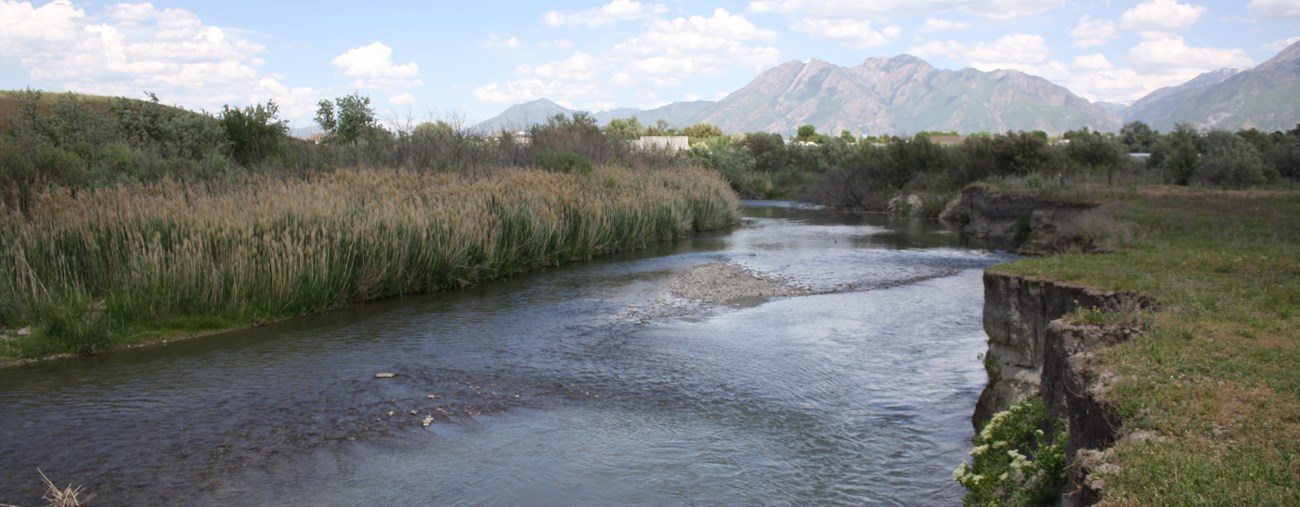Last updated: March 2, 2022
Article
Restoring the Jordan River and the Big Bend Habitat

UTAH
In collaboration with local partners, the City of West Jordan in Utah had a vision to restore a section of the Jordan River where an abandoned steel mill once operated. The natural course of the river was dredged, realigned and hardened to support the mill. Over time, invasive plant species pushed out the natural riparian vegetation and industrial contaminants accumulated in the waterway.
The National Park Service - Rivers, Trails and Conservation Assistance program (NPS-RTCA) collaborated with the city, U.S. Fish and Wildlife Service, Utah Reclamation Mitigation and Conservation Commission, and 15 other partners to develop strategies for restoring the river and adjacent lands which became the Big Bend Habitat Restoration project. To help make the project a reality, NPS-RTCA facilitated community engagement to gain public support for river restoration and researched funding opportunities.
Today, the partnership is working on rehabilitating the river to its natural meandering flow, restoring the natural riparian vegetation and wetlands, developing 70 acres of habitat for migratory birds and other wildlife, and creating outdoor recreation opportunities for residents and visitors to enjoy.
